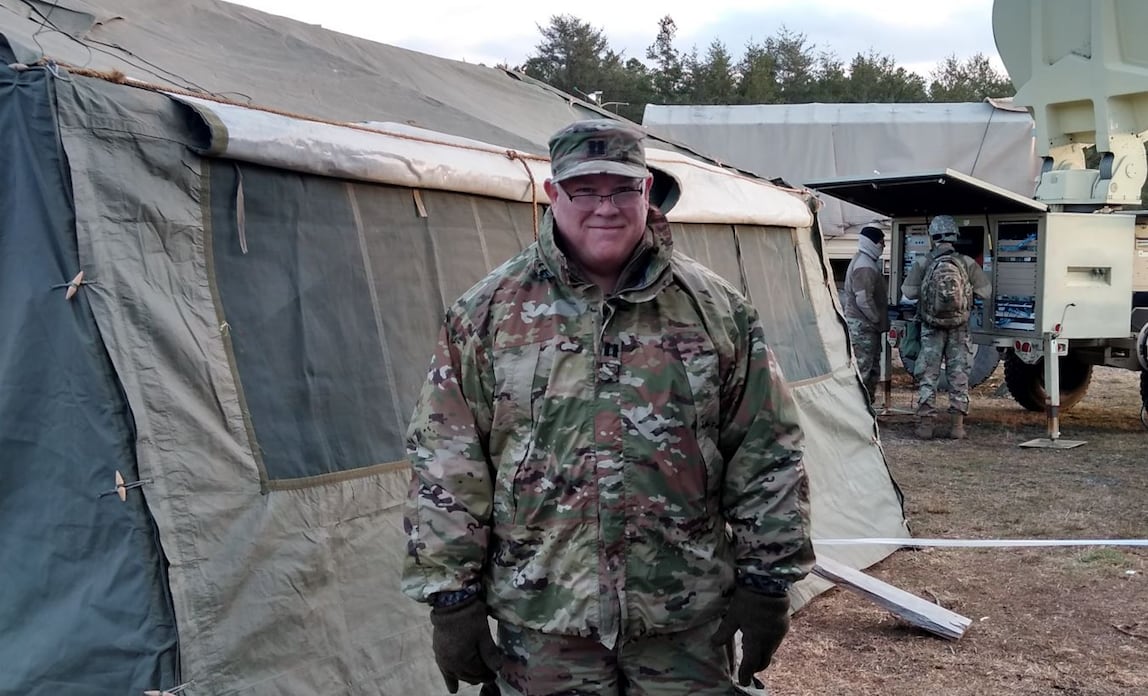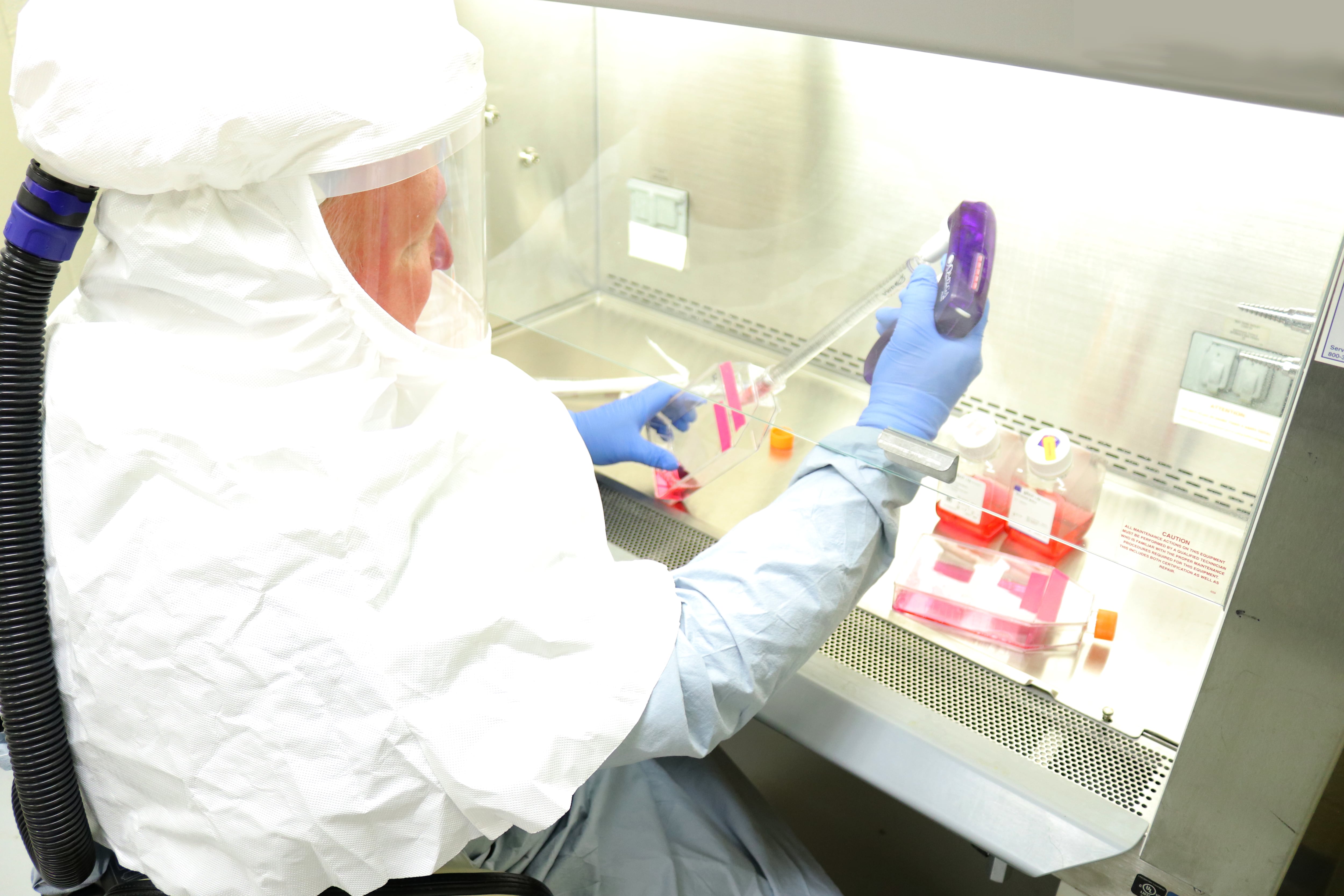As the U.S. has continued to see confirmed COVID-19 cases jump roughly 20,000 a day this week, the Defense Department is seeing similar growth, between 10 and 15 percent daily, according to the Pentagon’s Wednesday numbers update.
While the military’s overall infection rate is substantially lower than the general population, according to Pentagon data that includes active duty, Reserve and National Guard cases, troops continue to contract coronavirus.
“During these times, it is important that we minimize person-to-person interaction and practice social distancing, whenever possible,” Defense Secretary Mark Esper wrote in a memo to the force signed Friday. “I know this can be challenging in certain situations, as every unit, installation, and mission is unique.”
The rate of service member infection stands at 367-per-million, versus the overall U.S. rate of 500-per-million, per the latest Centers for Disease Control and Prevention data.
While U.S. hot spots include New York City, the Bay Area, Los Angeles and New Orleans, due to operational security concerns, the Pentagon has tamped down on mapping out COVID-19 clusters.
“Unit-level readiness data for key military forces is information that is classified as a risk to operational security and could jeopardize operations and/or deterrence,” Farah told Military Times on Thursday, several days before the department ordered that only the services publicly release data on coronavirus cases, cutting off individual installations and combatant commands from sharing their numbers.
RELATED

Though numbers showing where the infection rate is growing ― or where it might be tapering off ― aren’t releasable, cases have been reported above two aircraft carriers, the Army’s most populated post ― Fort Bragg, North Carolina ― as well as three basic training posts and other far-flung installations from South Korea to Germany.
DoD’s death rate also continues to be lower, at 0.2 percent, compared with the U.S.'s 1.7 percent. Five percent of infected DoD personnel are hospitalized, while 4 percent have made a full recovery ― 57 cases so far.
The death toll as of Wednesday increased by one, to five, according to a Pentagon media release, the latest being an unnamed civilian. A National Guardsman, one German Army civilian, one Army dependent and one Pentagon contractor have also died.
“Do not crowd large groups of people into confined spaces for meetings or briefings; conduct tasks such as physical training and maintenance in small groups; and use teleworking and other virtual tools to enable staff work, when possible,” Esper wrote in his guidance. “I trust our commanders around the world to make the best decisions for their troops as they balance mission requirements with force health protection.”
Meghann Myers is the Pentagon bureau chief at Military Times. She covers operations, policy, personnel, leadership and other issues affecting service members.




